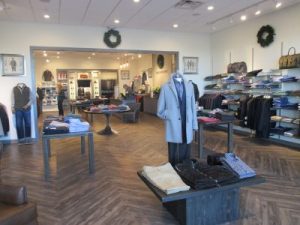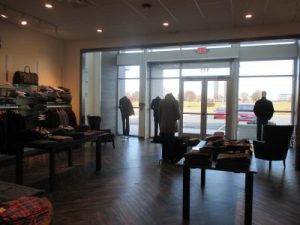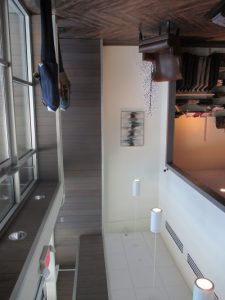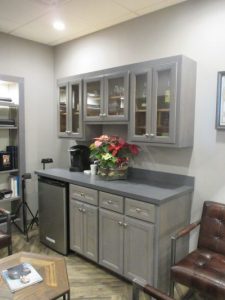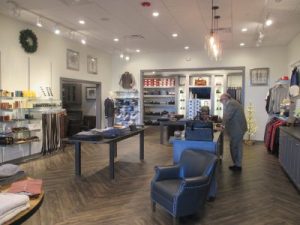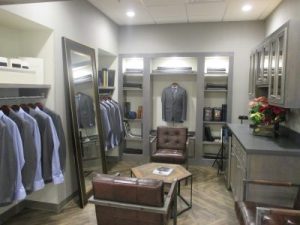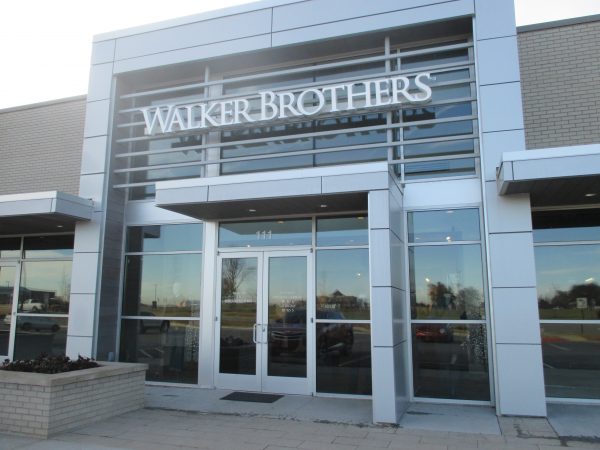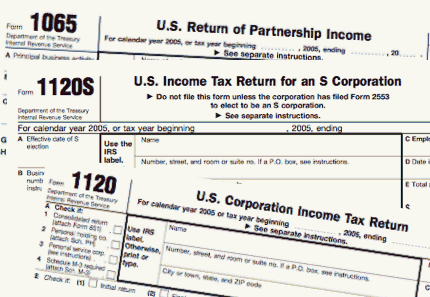Congratulations to Walker Brothers in opening their new Rogers location near Pinnacle. We were honored to have been a part of the design team for this tenant finish-out project. One of the best feelings as a design professional is to see your designs constructed and put to use.
Below are a few more pictures of the project. You can see more of our past projects on our portfolio page.
